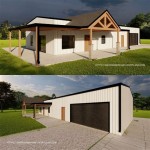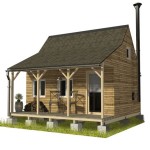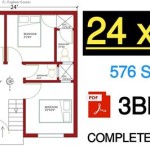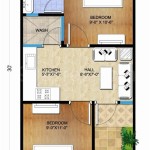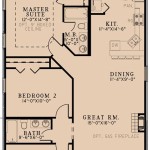Make Your Own House Plans
Building a house is a significant undertaking that necessitates careful planning and attention to detail. Whether you're a seasoned builder or a first-time homeowner, creating your own house plans can be an empowering and cost-effective way to achieve your dream home.
Benefits of Designing Your Own House Plans
There are numerous advantages to designing your own house plans:
- Customization: Tailor your home to your specific needs, wants, and lifestyle.
- Cost savings: Eliminate the expense of hiring an architect, which can range from 5% to 15% of the total construction cost.
- Flexibility: Make changes and adjustments as needed throughout the design process.
- Personal satisfaction: Create a home that truly reflects your personality and aspirations.
Step 1: Gather Inspiration and Define Your Needs
Start by collecting images and ideas that inspire you. Visit model homes, browse magazines, and gather feedback from friends and family. Clearly define your needs in terms of space, functionality, and style. Consider the number of bedrooms, bathrooms, and living areas required, as well as any special requirements (e.g., wheelchair accessibility).
Step 2: Choose Home Design Software
There are several home design software programs available, both free and paid. Some popular options include SketchUp, Home Designer Pro, and Chief Architect. Select software that aligns with your skill level and budget.
Step 3: Sketch a Floor Plan
Begin by creating a rough sketch of the floor plan. Determine the placement of rooms, walls, and windows. Consider traffic flow and the relationship between different spaces. Use a scale to ensure accuracy and proportion.
Step 4: Add Details and Dimensions
Refine your floor plan by adding details such as furniture, appliances, and fixtures. Include precise dimensions for walls, windows, and doors. This will help determine the materials and construction costs.
Step 5: Elevate Your Design (Optional)
For a more professional-looking design, you can add elevations (exterior views of the house) and cross-sections (interior views showcasing the height and depth of the building). This step is not essential but can enhance the visual appeal of your plans.
Step 6: Finalize and Submit Your Plans
Thoroughly review your plans for any errors or inconsistencies. Once complete, submit them to your local building department for review and approval. They will assess the plans for compliance with building codes and regulations.
Additional Tips
- Consider hiring a structural engineer to review your plans for safety and structural integrity.
- Use realistic materials and construction methods in your design to avoid costly surprises during construction.
- Be flexible and open to suggestions from builders or contractors who may have insights based on their experience.
- Remember that building a house is a process. Be patient and enjoy the journey of creating your dream home.
Designing your own house plans can be a rewarding experience that allows you to create a unique and customized home that truly meets your needs and aspirations. By following these steps and seeking guidance when necessary, you can embark on this exciting journey with confidence.

Design Your Own Home House Designing Homes

Make Your Own Blueprint How To Draw Floor Plans

Make Your Own Blueprint How To Draw Floor Plans Drawing House Sketch Plan

Create Floor Plan

Impressive Make Your Own House Plans 1 Design Floor Free Home

Floor Plan Creator And Designer Free Easy App

From Sketch To Reality How Design A House You Ll Love

Floor Plan Creator And Designer Free Easy App

House Plans And Design

House Plans How To Design Your Home Plan

